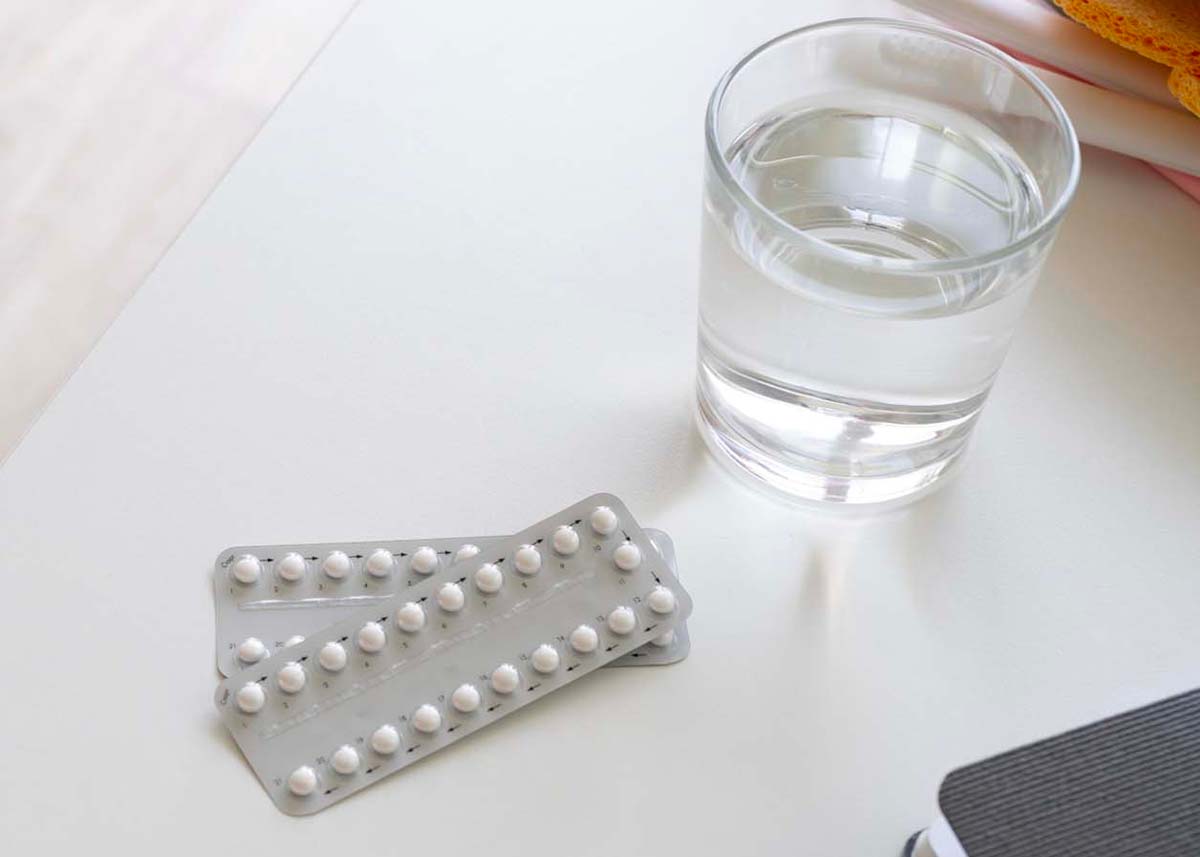Contraception can be confusing with so many options.
When I speak about contraception I like to divide it up into long acting and short acting and then further divide into combined versus progesterone only.
Short active options include pills both combined and progesterone only.
Medium term options include the combined hormonal contraceptive patch and the novuring.
Long acting contraception options include intrauterine systems (coils), implanon (bar) and progesterone injection.
All of the long acting contraceptives are progesterone only .
Combined hormonal contraceptives:
These include the combined pill , contraceptive patch and novuring.
All of these methods of contraception contain 2 hormones – oestrogen and progesterone.
Prior to starting on contraception it is important to speak to us to make sure that your chosen method is safe for you to take and there are no contraindications to you taking it. We can discuss this at your initial consultation.
Combined contraception stops ovulation. The pill is taken daily for 24 days with a 4 days break (during which time you will bleed).
The patch is applied to a hairless surface on the body for 21 days and is then removed for 7 days (during which time a bleed will occur.) The novuring is a small plastic ring which is self inserted into the vagina. It is left in for 21 days and then removed from7 days (during which time a bleed will occur).
From the point of view of efficacy of these methods with perfect use efficacy is 99% at 1 year and with typical use 91% at 1 year.
Progesterone only contraceptives include the
- Progesterone only pill
- Depo provera injection
- Implanon
- Coils (intrauterine systems)
The progesterone only pill as the name suggests contains only 1 hormone progesterone. It is taken daily without any break and is usually used in women in whom oestrogen is contraindicated. It is taken daily without any break. It stops ovulation.
Efficacy is the same as combined contraception – 99% at 1 year with perfect use and 91% at 1 year with typical use.
The depoprovera injection is a progesterone injection which is given 12 weekly. It also prevents ovulation. It is a very effective contraceptive as long as the patient remembers to return every 12 weeks for a repeat injection. It has lost some popularity over the last few years because of the risk of reduced bone mineral density (brittle bones) with prolonged use (> 2 years). It is worth mentioning that it can take up to 12 months to ovulate (become fertile again) after stopping.
The implanon is a small plastic bar inserted into the upper arm. It secretes a small amount of the hormone progesterone daily into the body thus stopping ovulation. It lasts for 3 years once inserted. It is an extremely effective form of contraception and is useful for those who would prefer longer acting contraception. We can insert and remove this easily for patients in the GP setting.
The intrauterine system or coil is inserted through the cervix into the womb. Again this can be inserted easily in a general practice setting. There are 3 types of devices containing progesterone that we insert in general practice.
The mirena coil lasts for 5 years and as well as being a great contraceptive is also very effective at reducing heavy periods.
The kyleena coil is slightly smaller and also lasts for 5 years once inserted.
The jaydess coil lasts for 3 years.
All of these coils contain the hormone progesterone .
The coils don’t stop ovulation, they work to make the mucus around the cervix hostile to sperm and to prevent implantation.
Non hormonal options include barrier methods- condoms and diaphragms.
Also the Copper coil is an excellent safe option for those who would rather avoid hormones.

